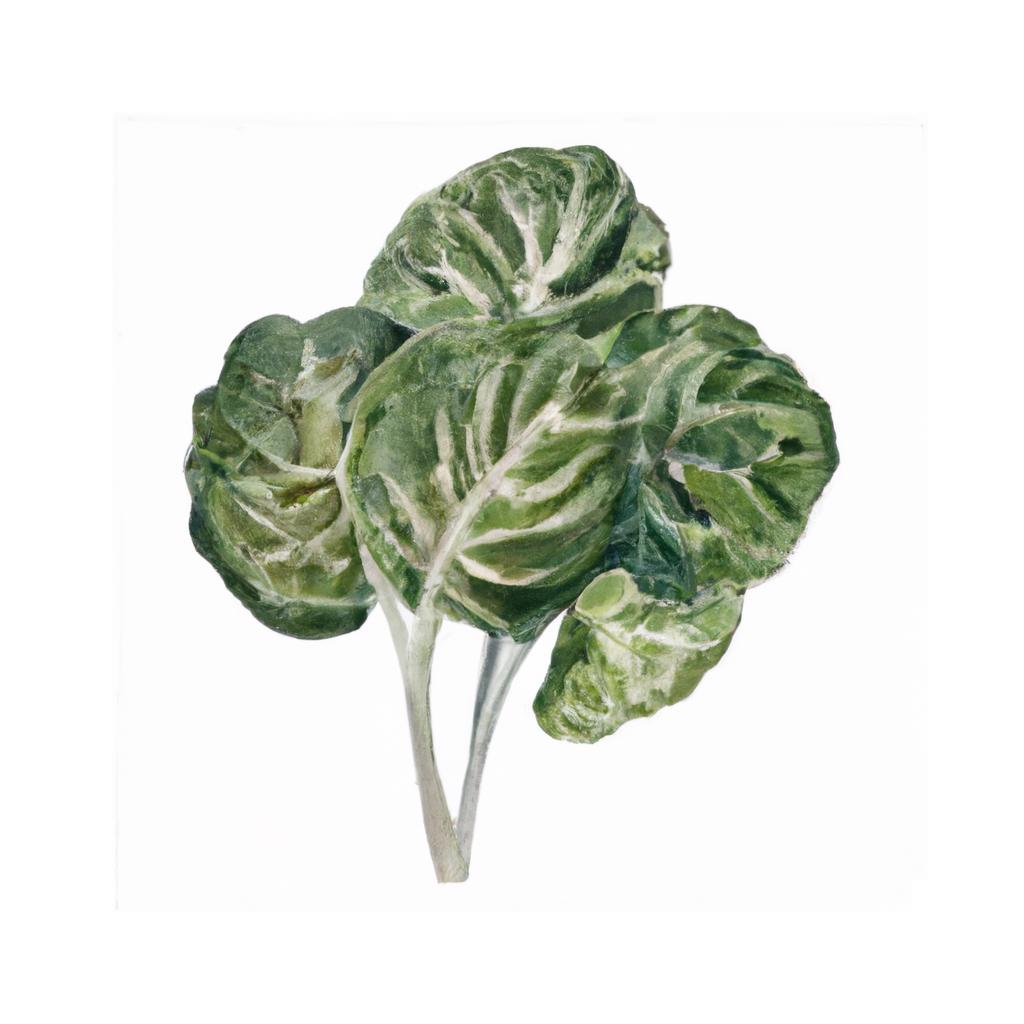
Collard greens are a leafy vegetable that belongs to the same family as kale, cabbage, and broccoli – the Brassica oleracea family. They have dark green, slightly bitter leaves which grow on stalks that can reach up to 2 feet tall. This resilient vegetable has been cultivated for thousands of years and is believed to have originated in the eastern Mediterranean region.
This vitamin and mineral-rich vegetable has played a significant role in various cultures throughout history. Ancient Greeks and Romans valued collard greens for their medicinal properties, while the vegetable also became a staple in African cuisine when it was brought to Africa by traders. In the United States, collard greens have a strong connection to the cuisine of the Southern states, often being associated with soul food and African American culinary traditions.
Collard greens provide an excellent source of Vitamins A, C, and K, as well as calcium, iron, and fiber. Due to its high nutritional content, this vegetable offers numerous health benefits such as promoting healthy digestion, boosting the immune system, and supporting bone health.
When cooking collard greens, they can be gently steamed, sautéed, or braised. Their slightly bitter taste pairs well with other rich and flavorful ingredients such as bacon, onions, garlic, and vinegar. Collard greens are also commonly used in hearty dishes like soups and stews, and they make a delicious side dish when cooked with spices and seasonings. In addition, collard greens can serve as a substitute for other leafy greens like spinach or kale in various recipes.
This is advice is most applicable to growers in the UK, you may need to adjust the timings if you live somewhere with a different climate and/or seasons.
| Month | Tasks | Advice |
|---|---|---|
| January | - | - |
| February | sow indoors, | Sow collard green seeds indoors about 6 to 8 weeks before the last expected frost. |
| March | sow outdoors, transplant seedlings, | Sow seeds outdoors now as the soil begins to warm up. Transplant indoor-grown seedlings into the garden once they have developed 2-4 mature leaves. |
| April | - | - |
| May | harvest, | Begin harvesting young leaves of collard greens when they reach about 15cm tall. Regularly picking individual leaves promotes new growth and extends the harvest period. |
| June | - | - |
| July | sow outdoors, | Sow seeds outdoors for a fall and winter harvest, ensuring that the soil is fertile and well-drained. |
| August | - | - |
| September | - | - |
| October | harvest, | Continue to harvest collard greens regularly throughout the autumn months. |
| November | - | - |
| December | - | - |